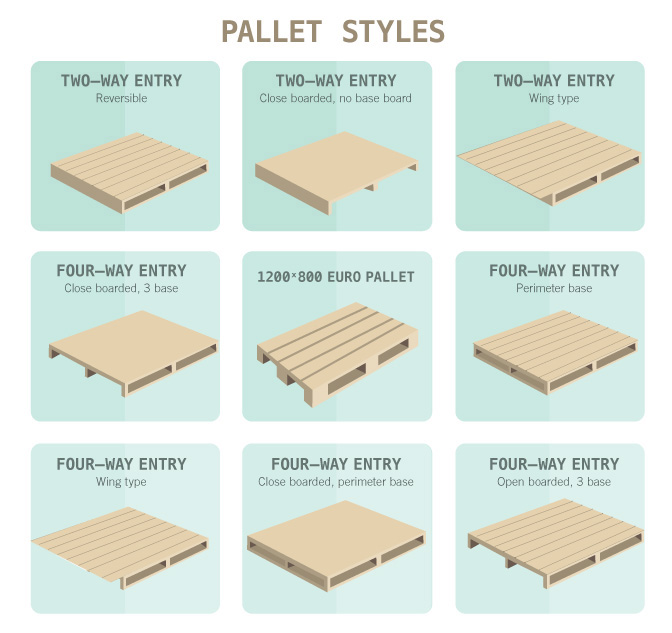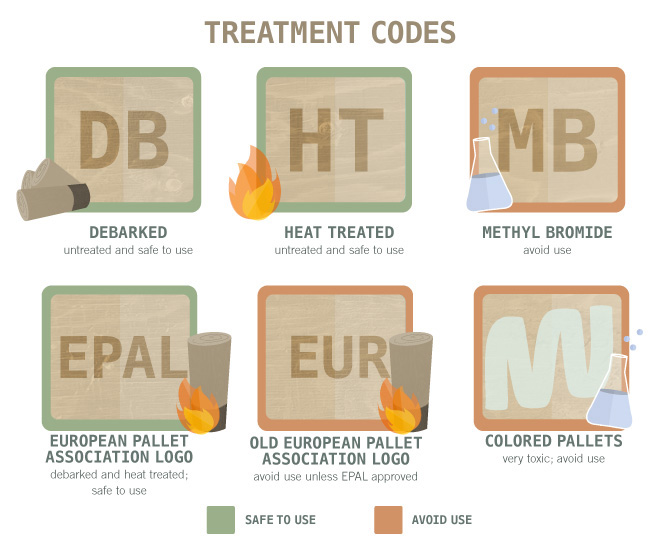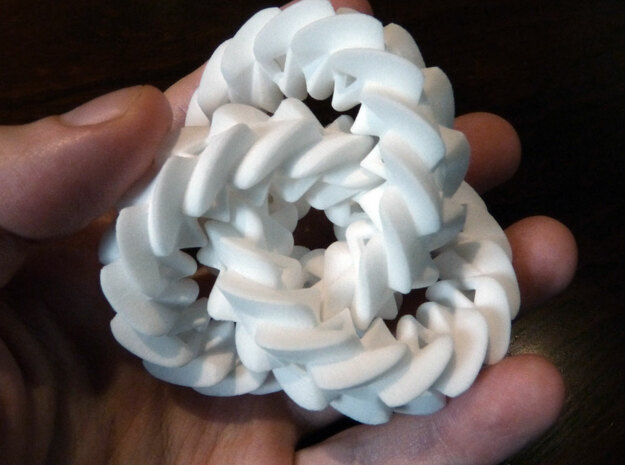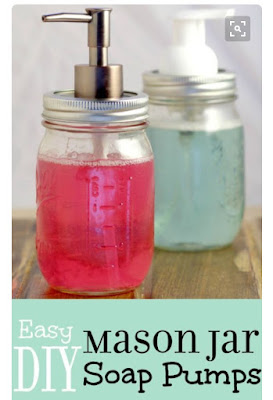by DAVID PLECHL
Every time you flush, you may be doing a bit of farming. More than half of the solid waste produced by Oregon and Washington wastewater treatment plants ends up in Northwest fields and forests as fertilizer for animal and human crops. But fear not, this is a tightly regulated process that aims to protect rivers and streams from contamination and people from potentially harmful bugs and bacteria. But upcycling 'biosolids' is not a practice immune from controversy or concern.
While working for a small local newspaper I learned a lot more about how coastal towns handle these land applications of treated human waste in rainy wet environments. Two local towns, the last in Washington state to land apply during wet winter months, were recently called out by the state's Department of Ecology for their disposal techniques. Now they'll have to invest millions to upgrade their biosolid treatment process or be forced to ship their sludge hundreds of miles to proper facilities in other cities.
It all started when Washington State Department of Ecology said it was "protecting against groundwater contamination caused by surface runoff" when it told the cities of Long Beach and Ilwaco that they would no longer be allowed to apply treated sewage sludge to local forest and pasture lands during winter months.
Officials at both cities said they were caught of guard when notified of the new limitation earlier this year, and both fear a major increase in sewer bills to address the issue.
Applying biosolids to agricultural lands. Photo: WA DEQ
“We’ve been doing that for forever and a day,” Long Beach Mayor Jerry Phillips said in early October of the current sewage-disposal procedure.
DOE officials said most treatment plants across the state dispose of ‘Class B’ sludge — a mix of partially treated sewer waste that includes human waste — by applying the processed biosolids to forest and agricultural lands. Natural environmental processes then degrade remaining pathogens. Nitrogen from the applications feed crops and trees on public and private lands. However, Pacific County’s high rainfall makes winter disposal inappropriate here, DOE said.
Treat it or ship it
The cities will now have to build dedicated storage facilities, ship the waste to a capable plant or build a local facility to refine the waste to a ‘Class A,’ or ‘Exceptional Quality’ standard. The ‘EQ’ certification gives municipal waste processors a green light to sell or give their biosolid compost to nurseries, landscapers and farmers. EQ may contain just as many pollutants as the Class B biosolids — including metals from pipes or chemicals from household and industrial waste that get flushed into the municipal water system. The difference in certification level, officials say, lies in the level of biological sterility. Further drying and processing decreases the pathogen load and thus makes EQ safer for human and environmental contact.
“One is not really better or worse,” said Kelsey Dunne, a regional biosolids coordinator with DOE. Dunne said further processing reduces the bio-availability of nutrients available for plants. “If you’re a farmer, you really want those nutrients.”
Preparing a land application. Photo: WA DEQ
The problem is that dormant wintertime plants don’t readily absorb those nutrients; if the nitrogen is then washed into waterways, algae blooms may create toxic conditions for fish. The permit prohibits the application of biosolids to areas of surface flow or standing water in order to prevent the spread of nutrients and bioactive pathogens before they properly degrade.
Peter Lyon, a water resources supervisor at DOE, said South Bend and Raymond built a single shared treatment plant and now produce a high-quality EQ biosolid. He put that transition into perspective in both financial and environmental terms.
“Their product is so popular that they have a year-long waiting list from the community,” Lyon said. “The challenge is, those systems often come with significant costs.”
Costs in the millions
The costs, likely to run into the millions, are what have Long Beach and Ilwaco city officials up in arms as a 2020 deadline inches closer.
The treatment plant for Raymond and South Bend cost $37 million by the time it was finished in 2013-14. Ratepayers are repaying a long-term low-interest loan for about $21 million. Another $16 million was funded by grants. As the project neared completion in August 2013, Raymond’s sewer bills had increased 67 percent and South Bend’s about 63 percent over a four-year period. In south county, sewer rate increases would impact Ilwaco, Seaview and Long Beach, but not areas like Ocean Park and Chinook, which are served by private septic systems.
Lyon said neither Long Beach or Ilwaco has violated the terms of the “Statewide General Permit for Biosolids Management and Site Specific Land Application Plan,” under which they are authorized to dispose of their Class B biosolids. But wintertime applications, said Lyon, are forbidden under the intention, if not the letter, of the permit. He said the new ban will be more specifically included in the next permit, due in 2020.
“It’s just not the way the program was intended to be run,” Lyon said.
Complaint received
Long Beach and Ilwaco are the only cities in Washington that dispose in the winter months, he said. Both cities’ practices were reviewed after DOE received a complaint early this year that biosolid waste was being spread during “a large rain event.”
Lyon said because the complaint came in at the same time the cities were renewing their applications, the practice would have been reviewed and halted anyway. Neither city currently has the storage space to stow their Class B waste through winter.
“They were outliers, for lack of a better term,” Lyon said, explaining why the decision was made to prevent the cities from spreading biosolids in the winter. “It’s not ideal anywhere in the state of Washington. It’s particularly not ideal in a community where it rains so much.”
Lyon said lots of rain, high water tables and sloped disposal sites used by the cities present contamination threats to waterways. Decreased absorption by plants in winter presents further problems, Lyon said.
Ilwaco and Long Beach don’t need to go to EQ, but they need to find a solution; all of which will be more expensive than what the cities have been doing. DOE said its deadline is reasonable.
“I’m trying to give both cities time to come up with a good approach,” Lyon said, offering encouragement that the cities ally toward a solution. “There’s some economies of scale for working together.”
Not enough time
But officials from both cities say four years is not enough time to come up with the plans and funding necessary to successfully meet the deadline. Ilwaco Councilman Gary Forner said not only was he floored by the DOE decision, but also wary the deadline can be met without a lot of financial hurt.
“I mean, two small municipalities, that can be a major drain on them financially,” Forner said. “Four years notice is kind of short.”
Forner said if the cities were to build a plant, it would take considerable time to coordinate plans, find an appropriate property, obtain the necessary permits, finish the engineering and environmental studies and complete construction.
Both city governments said the newly introduced limitation will cost millions in either increased shipping costs to move biosolids to a distant location, or the considerable costs of building a Class A, EQ-quality plant.
Forner said Ilwaco would likely have to raise sewer rates to offset the costs associated with building a new biosolid plant, “unless we get a huge federal grant, and those aren’t free.”
Because no rules were broken and no contamination was identified in DOE’s review of their current practices, Forner would like to see the government either come up with some funding help or reconsider the impending ban altogether.
“I hope they kind of back away from this and let us proceed in the way we’ve been doing it,” Forner said.
Dewatered biosolids. Photo: WA DEQ
Ilwaco Mayor Mike Cassinelli, Mayor Phillips and other city officials recently toured Class A certified plants in Raymond and Westport. Phillips said those tours were educational and Long Beach is now initiating a study to look more closely at the costs of building a plant with Ilwaco as well as any financial gain associated with selling the EQ ‘compost.’ Despite moving forward, Phillips expressed his frustration with how the DOE decision was made, and he said the requirement puts an undue burden on small coastal communities.
“Every year DOE changes their rules and stuff,” Phillips said. “It would have been nice to do it on our time instead of DOE’s time”
County position
In 2011, Wahkiakum County banned all spreading of biosolids on its public and private lands. The DOE then sued the county. In 2014, the state’s Court of Appeals ruled that Wahkiakum’s ban violated the state’s constitution. In 2015, the Supreme Court declined to hear an appeal from the county. Pacific County commissioners Steve Rogers, Frank Wolfe and Lisa Ayers wrote a letter to the governor in defense of Wahkiakum’s ban, saying DOE had previously “failed to adequately supervise the application of biosolids to many sites in Lewis County…” and that resulted in “contamination” and threats to public health, and damage to fish and wildlife.
“Both Pacific and Wahkiakum counties play a major role in salmon recovery, and cannot allow live microrgaisms to enter our rivers and streams,” the county commissioners said.
According to DOE, 99 percent of pathogens must be removed during wastewater treatment for biosolids to be declared Class B.
Phillips said he was disappointed by the commissioners’ letter.
- A version of this story was originally published in the Chinook Observer









































